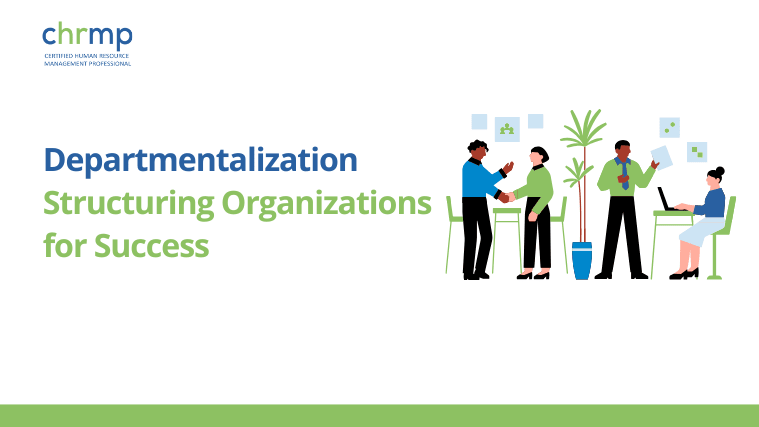

“Why inclusiveness must be combined with diversity to get the best results ”, tells about different facets of integration of inclusiveness and diversity.
This is a very prominent issue before HR professionals.
It also tells why it is essential for diversity and inclusiveness to go hand in hand.
We have made an attempt here, to describe the above topic under 4 sub headings.
We know very well that diversity is instrumental in the following:
However, in spite of expected outcomes of diversity as mentioned in section 1.1 , there has been intense debate among experts on the issue .The following 3 blogs published earlier by us on diversity, depict the scenario in this respect.
What Do You Mean by Diversity and Inclusiveness in an Organization?
Pros and Cons of Having Diversity in An Organization
What are the Aspects , Being Overlooked, While Pursuing Diversity in Organizations
We must bear in mind that it is very essential to make the environment at workplace inclusive. This is nothing, but creating an atmosphere, where the entire workforce feels valued and respected. Also , an environment should prevail , where they have equal access to opportunities .
A sense of belongingness and inclusiveness may bring many positive changes among the employees .We are mentioning them as below :
We may define the altruism in the context of organizations , as the selflessness of the employees, where they think more about the betterment of the organization. If the process of altruism sets in among the employees, it aligns them to a greater degree , to the strategic goals of their organization.
Hence,there is a trend of putting lot of emphasis on building inclusive teams , rather than concentrating only on diverse teams.
Diversity is really a buzz word these days , but unless we are able to weave inclusiveness into diversity very well, this may remain , not a useful proposition.
We may also define inclusiveness as a process or design, which consists of following traits :
The author has made an attempt , here, to list out such difficulties and these are as below.
Human beings have tendency to align to different groups.
Members align together to form a majority group, based on lingual, ethnic, religious or any other aspect. Whenever the organization initiates an inclusive program, this majority group offers resistance to it, and the group members also support it.
We may tackle the above by the following:
Local social norms play the major role in any organization.
By bringing people from a different place, having social norms, different from that of the present location, may create difficulties.
Respecting social norms of each other is the only way out of this peculiar situation.
Biases do happen and are integral part of human nature. However, we must bear it in mind ,that biases hamper the productivity. Thus, the organization suffers significantly.
These biases may be purely personal, racial, lingual or related to any other aspect.
People have a tendency to gravitate towards those persons , who are similar to them, lingually, ethnically , socially and educationally. This leads to formation of a dominant group.
The net result is that some employees, who do not fall into this dominant group , feel alienated and their full potential is not tapped.
This problem may be solved by talking to this “out of group” employees and listening to them in an effective manner ,followed by redressal of their grievances.
Building, nourishing and strengthening inclusiveness , along with diversity is essential for any organization to flourish. This may be done by the following:
In nutshell, the leaders must put the inclusiveness on top of their agenda , along with adopting diversity , if they desire to take their organizations to greater heights.
Ripples Learning is continuously striving to add value to knowledge pertaining to human resource field, through its blogs and different state of the art programs.
For knowing more about us, please go through the following websites:

© 2007-2025 CHRMP| All Rights Reserved | Powered by Ripples Learning & Research Private Limited
